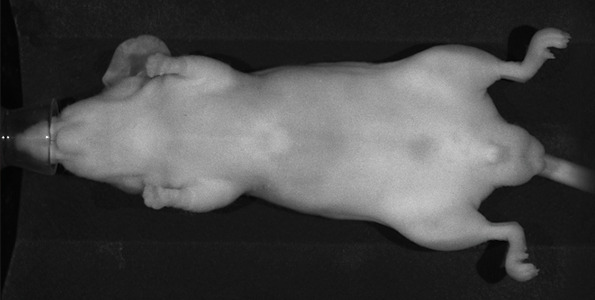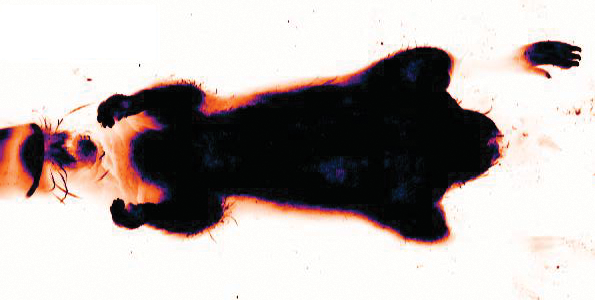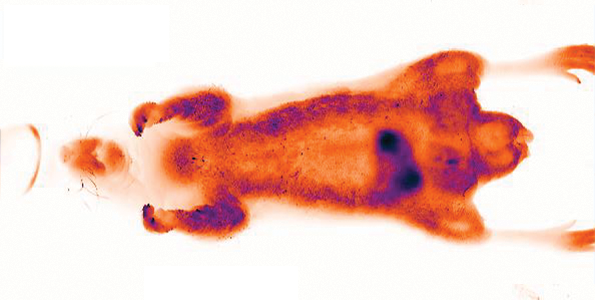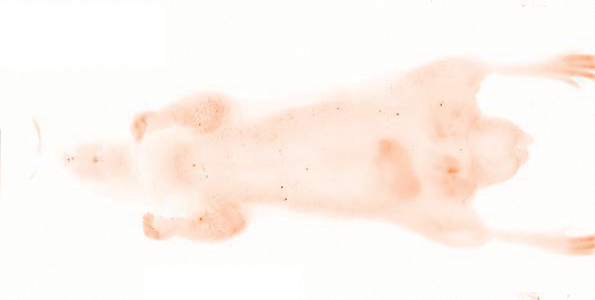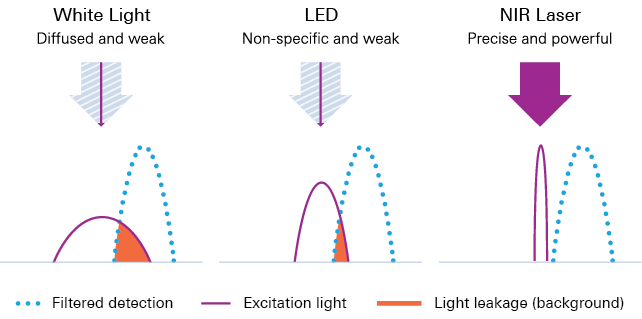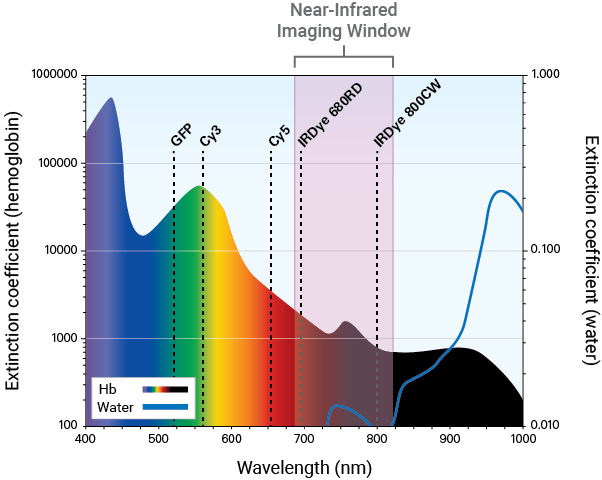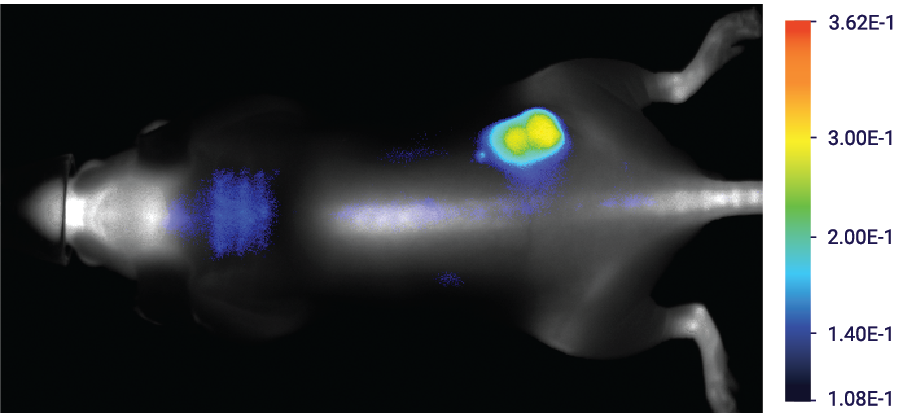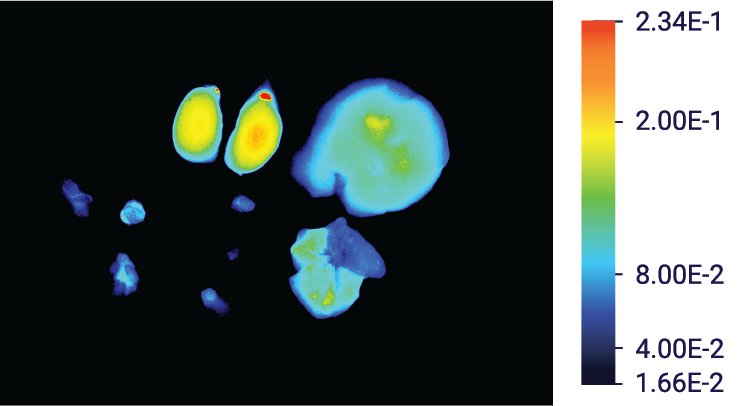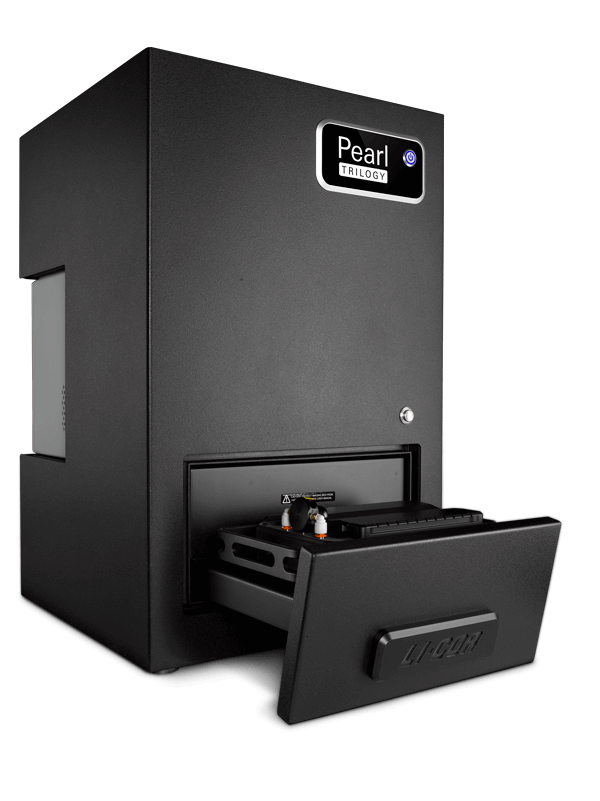
Pearl® Trilogy
Small Animal Imaging System
Characterize and monitor therapeutic delivery and response using a sensitive, two-target detection platform.
Get a Quote
See More Details with Near-Infrared Fluorescence
Achieve high signal-to-noise ratios by minimizing tissue autofluorescence. Near-infrared (NIR) fluorescent imaging provides exceptional sensitivity for sharp detection of your targeted therapeutic, tumors, and other targets in live animals and excised tissue.
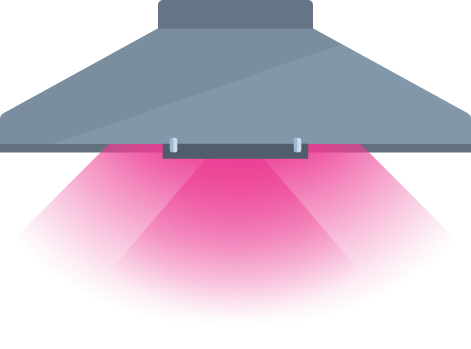
Take Advantage of Multitarget Detection
Use the Pearl Trilogy to evaluate the specificity and delivery system of your targeted therapeutic. Two-color imaging allows you to visualize colocalization to develop therapeutic strategies and to confirm your therapeutic reaches its intended target.
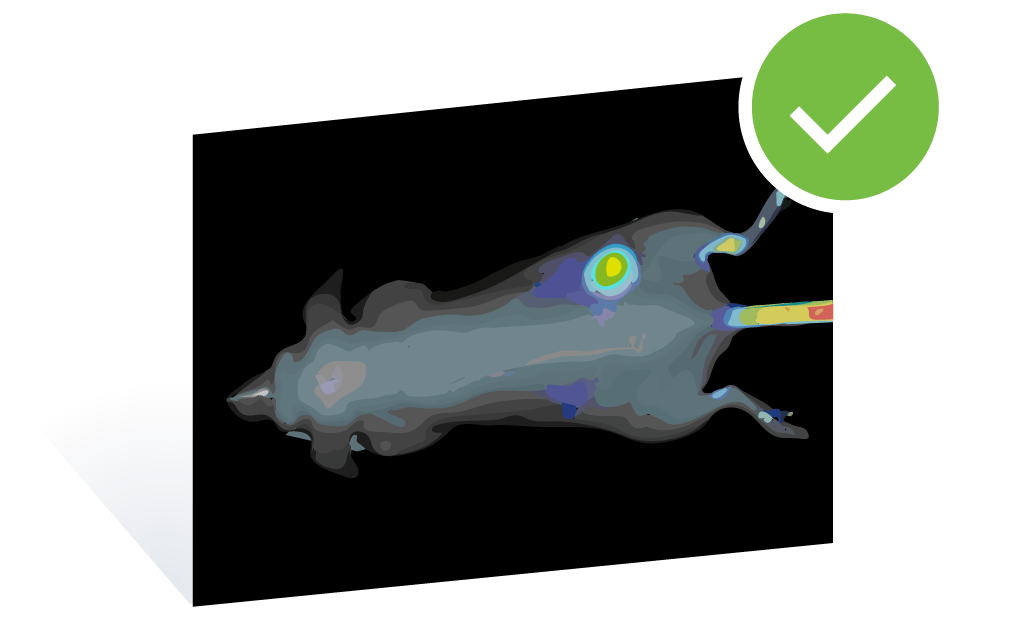
Minimize Variability in Your Data
Pearl Trilogy imagers are engineered to deliver high-quality and consistent data image after image while simplifying repeated imaging. This lets you accurately profile biodistribution and clearance and detect subtle changes in tumor size over time to characterize therapeutic response and efficacy.
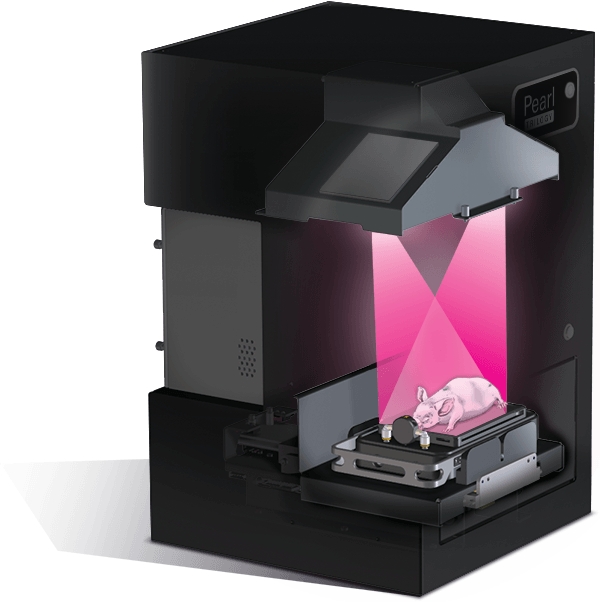
Have Complete Confidence in Your Results
The Pearl Trilogy enables you to capture the full range of signal intensity—without saturation—in one image. Track both strong and faint signals to visualize a range of disease states in vivo and assess uptake and localization ex vivo using excised organs.
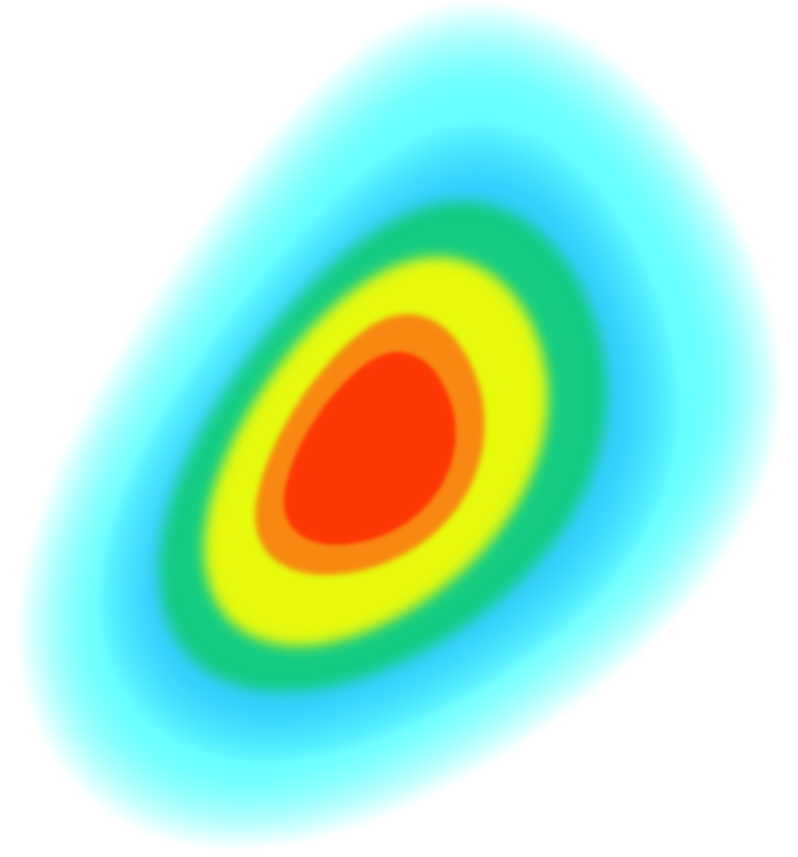
Acquisition and analysis software for the Pearl Trilogy
Pair your Pearl Trilogy with LI-COR Acquisition Software and Empiria Studio® Software for advanced acquisition and analysis using intuitive tools.


Ready to Take the Next Step?
With the Pearl Trilogy, you can accomplish in-depth delivery and response studies backed by reliable in vivo and ex vivo data. Be confident you have fully characterized and validated your therapeutic in live animals to prepare for the next steps.
Need more information? Contact us.
